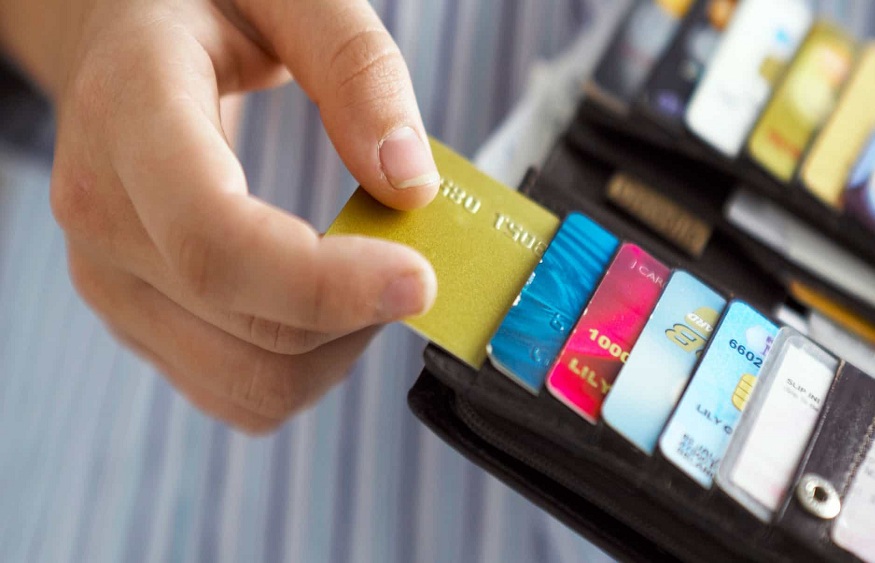A credit cardis a small rectangular piece of plastic or metal provided by a bank or financial services business that enables cardholders to borrow funds to pay for products and services at merchants who accept credit cards. Credit cards require cardholders to repay the borrowed funds, plus any applicable interest and any additional agreed-upon charges, in full or over time by the billing date.
A supplementary cash line of credit (LOC) may be granted to cardholders in addition to the usual credit line, allowing them to borrow money in the form of cash advances that can be obtained through bank tellers, ATMs, or credit card convenience checks. Compared to transactions that access the primary credit line, such cash advances often have different terms, such as no grace period and higher interest rates. Issuers typically pre-set borrowing restrictions depending on an individual’s credit score. Credit cards, which remain one of the most common payment methods for purchasing consumer products and services, are accepted by most businesses.
Compared to other types of consumer borrowing, credit cards often have a higher annual percentage rate (APR). Unless previous unpaid balances were carried forward from a previous month—in which case no grace period is granted for new charges—interest charges on any unpaid balances charged to the card are typically imposed approximately one month after a purchase is made (except in cases where there is a 0% APR introductory offer in place for an initial period after account opening).
Know about credit card EMI calculator
One of the most significant benefits of credit cards is converting any purchase above the value of Rs.10,000 into Equated Monthly Installments. You don’t have to pay the entire sum at once using this function; instead, you can pay a portion of it over time. EMI on credit cards works straightforwardly. Suppose you’re buying something that costs more than Rs.10,000, such as an electrical item, furniture, or a vehicle. You may make an EMI out of it. The EMI will be computed using the bank’s interest rate, the term you choose, and the amount of down payment you supply.
For example, suppose you paid Rs.10,000 as a down payment for a phone costing Rs.20,000. The remaining Rs.10,000 can be paid in EMIs over a year at 12% interest. For 12 months, you would be required to pay an EMI of Rs.1,200.
How Do Credit Card Payments Become EMIs?
You can convert your credit card payments to EMIs at the time of purchase. If you believe you will not have enough money or have a portion of the whole amount with you at the purchase, you can make a down payment. The remainder can be turned into an EMI. Most shops recommend that consumers who have a credit card use the EMI option because it is more convenient. Aside from that, the monthly EMI is charged to your card regularly as part of your bill statement. To use a credit card EMI calculator, banks must first determine that you are eligible for one. It is treated as if it were a bank loan. The bank gives you Rs.10,000, and you must pay the bank regularly. Before a purchase may be converted into EMIs, banks perform a check. Your credit score, current loans, and previous loan repayment patterns are examined before you are approved for the EMI payment plan.

